Chiropractic Care
The primary goal of chiropractic care is to restore and enhance the health of the patient through the use of hands-on techniques, without the use of surgery or drugs. Treatment focuses on areas of reduced joint motion, soft tissue injury and pain. Your chiropractor will use a variety of techniques to assess, diagnose, treat and rehabilitate your injuries or problem areas. She will also discuss how to prevent recurrence of your condition and will recommend exercises, stretches and lifestyle modifications to enhance your long-term health.
Chiropractic adjustments:
Chiropractic manipulative therapy, also known as an adjustment, is a gentle and safe way to restore movement in almost all joints of the body. The goal of the adjustment is to improve joint function, reduce pain, and get you moving and feeling your best.
An adjustment involves a quick light force that is carefully applied to a joint to restore proper mobility. Your doctor will determine which type of chiropractic adjustment is suitable for you based on your condition, your age, your bone health, and your personal preference.
Conditions commonly treated with chiropractic care:
- Low Back Pain
- Neck Pain
- Migraines and Headaches
- Motor Vehicle Accidents / Whiplash
- TMJ (jaw) Pain
- Disc Injuries and Disc Herniations
- Sciatica and Leg Pain
- Arthritis
- Sports Injuries
- Sprains and Strains
- Shoulder and Arm Pain
- Carpal Tunnel Syndrome
- Pinched Nerves
- Hip, Knee and Foot Pain
- Poor Posture
- Work Place Injuries
- Pregnancy related pain and discomfort
FAQ
Who can benefit from chiropractic care?
Everyone! People generally seek chiropractic care for pain relief, injury prevention and to optimize their health. Whether your symptoms are caused by an accident, work injury, sports injury, or every day stressors, chiropractic can help. Chiropractic is safe and effective for infants, children, adults and seniors alike.
Is Chiropractic Safe?
Research has shown that chiropractic care is one of the safest approaches available for relief of neck pain, back pain, headaches and other musculoskeletal complaints. However, no therapy is completely risk-free. Even common over-the-counter medicines carry a risk. Most patients experience immediate relief following an adjustment; however, some may experience temporary discomfort or stiffness. Some patients may also experience temporary dizziness, local numbness, or radiating pain. These adverse effects are typically minor and short-lived.
Why do joints make a cracking sound?
Joint surfaces are held together by ligaments and connective tissues, which form a joint capsule. Most joints of the body have a synovial fluid layer separating them. When the joint capsule is stretched, the two joint surfaces are pulled apart and the synovial fluid pressure within the joint space decreases (remember back in chemistry class that an increase in volume results in a decrease in pressure). When this occurs, gas bubbles are formed through a process called cavitation. As the gas bubbles burst and the pressure returns to normal, we hear a popping sound.
What if I don’t want to be “cracked”?
There are many chiropractic techniques that do not require your joints to be “cracked.” For example, the Activator tool uses a quick, low force thrust to release tension in your spine and extremities. Active Release Technique and joint mobilization are other ways to improve mobility and reduce pain. Your chiropractor will be happy to discuss these options with you.
What training does a chiropractor have?
To become a Doctor of Chiropractic (also known as a D.C.) in Canada requires a minimum of three years of a bachelor’s degree and a 4-year full-time Doctorate program, which represents no less than 4,200 student/teacher contact hours. The CCEB (Canadian Chiropractic Examining Board) requires all candidates to complete a 12-month clinical internship, and cognitive and clinical skills examinations to obtain licensure. There are also licensing exams and requirements for each province, which a chiropractor must complete before being permitted to practice.



